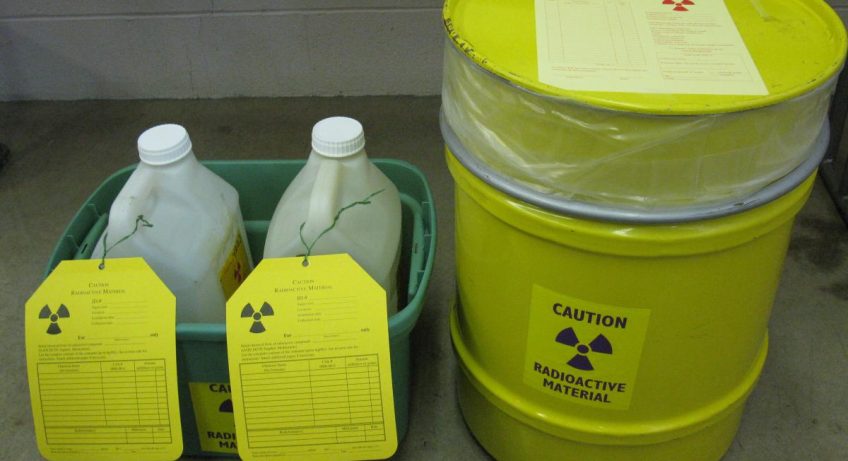Watching an ongoing experiment in a fume hood Malaysia is enough to remind you of the dangers of harmful chemicals and gasses. You may have much of the safety equipment required to carry out your tests, but a thought popped in your head.
What if you have to handle radioactive materials? Are your protective equipment sufficient enough to shield you from those invisible, yet menacing particles? Is your fume hood even enough?
Before the experiment
Radioactivity is invisible. You cannot see, touch, smell, taste, feel or hear radiation at all. The only ways you can ever detect radiation is either by having prior knowledge of said radioactivity of an object or place, which you stay clear from, or use technology like a geiger counter.
Always separate non-radioactive materials away from the opposite. Be familiar with materials with certain radioisotope properties that will be used in your experiment, as well as their respective precautions. S-methionine, for instance, requires special precautions to be handled due to its volatility.
As far as you can, limit the area with radioactive substances and mark the area. Radiation symbols must be applied to materials or items that have already come into contact with radioactive substances. Also, unless you want to spread radiation among your co-workers, never bring documents into the area. Leave them out.
You and your co-workers should also rehearse unfamiliar radioisotope procedures before you actually use the materials. This allows you to see where the materials should be placed and be prepared to be alert the moment when aerosols or contamination is likely to occur during your experiment.
Lastly, do a preoperational survey before you start. Make sure that your work area isn’t contaminated in case someone did so by accident or you unintentionally let it be in the last experiment.
During the experiment

Always wear sufficient protective equipment. As you are facing the risk of radiation, gear such as hazmat suits, gas masks, gloves, disposable clothing, lab coats, geiger counters and so on are a must, and you cannot proceed without any one of them. Put your lab coat away from your regular clothes. Never bring your belongings into the work area.
Regularly check the radiation levels of your gloves. Use paper tissues to touch anything. Change your gloves often as they will likely be contaminated at work.
Check the radiation levels of your work area on a regular basis. Do the same to all used objects at the end of the experiment. Replace contaminated absorption papers and decontaminate any contaminated objects. Besides, never pipette radioactive materials with your mouth. Use pipette devices instead.
Fume hoods must be used when handling volatile materials.
After the experiment
Dispose all radioactive waste in appropriate containers. The idea is to limit the amount of waste to a bare minimum, as well as separating short and long living waste. The radioactive waste cans must be covered at all times and stored away from areas frequented by people. Waste cans with significant external radiation levels should be shielded accordingly.
Wash your hands thoroughly before leaving the lab. Throw away your disposable clothes to minimize possible contamination. If possible, put them in a plastic bag or leave them far away from your work area, such as the corner of your lab. If a radioactive spill has occurred, remain in the room unless injured, and clean them up as thoroughly as possible.
Your geiger counter should still be in your hands before, during and after your experiments. It is your lifesaver, and the only dog to sniff out radiation for you. Regularly measure radioactive levels in your work area and on used objects, and eventually around the lab itself before you leave.

